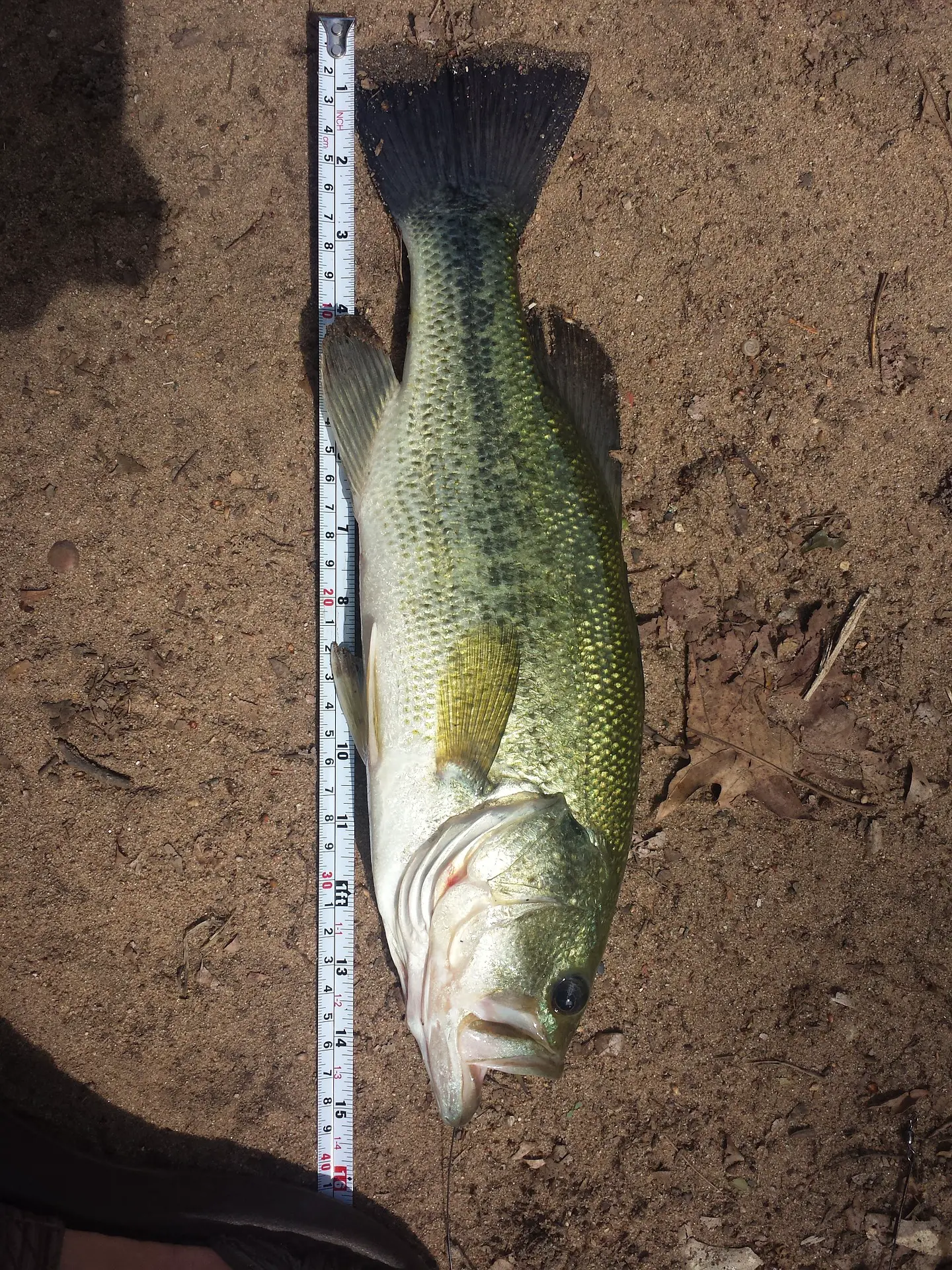Whether you are fishing recreationally or in a tournament is essential to have a fish scale on hand when fishing from a boat, dock, pier, or land. A scale gives you bragging rights, so you have the opportunity to boast about your day’s big catch when fishing in saltwater or freshwater through Georgia, South Carolina, or North Carolina. After landing a lunker know how to weigh a fish with a fish scale properly.
What Is A Fish Scale
We use scales in our lives for multiple purposes, including buying fresh vegetables, meats, seafood, and other items at the grocery store. Additionally, scales help us manage our weight by checking in periodically.
When fishing, a scale is used for multiple reasons, but the purpose is to determine the exact weight of the fish landed. When appropriately used, the scale provides an accurate weight, and this is particularly important when tournament fishing.
It is not uncommon for scales that measure weight to be fitted with a measuring tape. A measuring tape slides out, allowing the angler to determine the weight of the fish and the length.
What Types Of Fish Scales Are There
There are two types available when it comes to scales, and both can be purchased online or at brick and mortar outdoor shops. Here is the breakdown of the types of scales.
Digital Scale
A digital scale operates by the use of batteries. The measuring device provides a readout when connecting the hook to the fish. The readout is displayed digitally compared to a sliding bar with pre-marked numbers.
Today, digital scales are the most widely used than mechanical ones because they reduce error when weighing fish as they provide an exact number.
Mechanical Scale
A mechanical scale is more outdated but yet used to this day. Compared to a digital scale, the mechanical scale is manufactured with numbers and a sliding bar or rotating dial.
The dial turns when the fish is connected to the scale, or the bar slides downward and falls on a number. The number in which it lands is the weight of the fish. Read the scale carefully as the numbers are generally small.
Manley Industries manufactures one of the most notable mechanical fishing scales on the market.
How Do You Properly Weigh A Fish With A Scale
When weighing a fish, it is essential to measure accurately. Inaccurate measurements result in under weighing or overweighing the recently landed fish. Here are the steps to weighing a fish properly with a fish scale.
Step 1. Fight And Land The Fish
The most fun part of fishing is the battle. When a fish is hooked, the angler is put to the test to successfully land the fish compared to losing it from a pulled hook or broken line.
Step 2. Pull Out The Scale
After the fish is landed and is clear of flopping freely into the water, grab the scale from the fishing bag or storage compartment.
Step 4. Connect The Scale To The Fish
With one hand, hold the fish; while holding the scale in the other hand. Slimy fish wiggle freely from our grip, so grasp cautiously to avoid dropping.
With the fish in one hand and the scale in the other, connect the hook at the base of the scale to the fish’s gill plate.
When connecting the hook, never attach the hook to the red gills beneath the plate, as this will permanently injure or kill the fish.
Step 5. Remove Your Hands From The Fish
Once the scales hook is positioned beneath the gill plate, remove your hand from the fish. Allow the fish to dangle freely.
Once motion ceases, read the scale to determine the exact weight of the fish and record the measurement.
Step 6. Remove The Fish
Once the weight has been determined, remove the fish from the scale. Return the fish to the water or place legal fish in the cooler for dinner that night.
Step 7. Clean The Scale
In order to continue accurate measurements, it is essential to clean the scale after use. Remove slime, scales, and blood from the measuring device by wiping with a damp cloth to prevent them from drying on the hook or other parts.
Follow These Seven Steps When Using A Fish Scale
The next time you’re having a friendly fishing competition with friends or landed a lunker, break out the scale. Log your catch and see if you can beat your personal best. A scale is an affordable tool that all anglers should stow in a fishing bag or onboard a vessel. Check out other fishing tackle bag essentials when headed out to the water.






